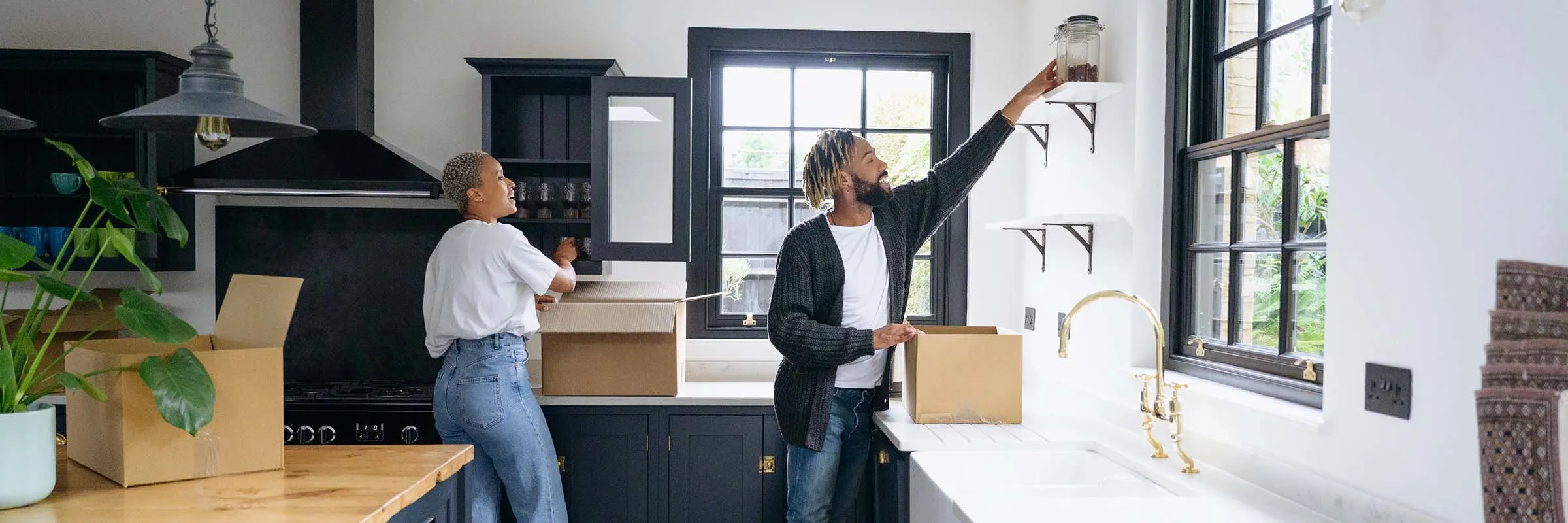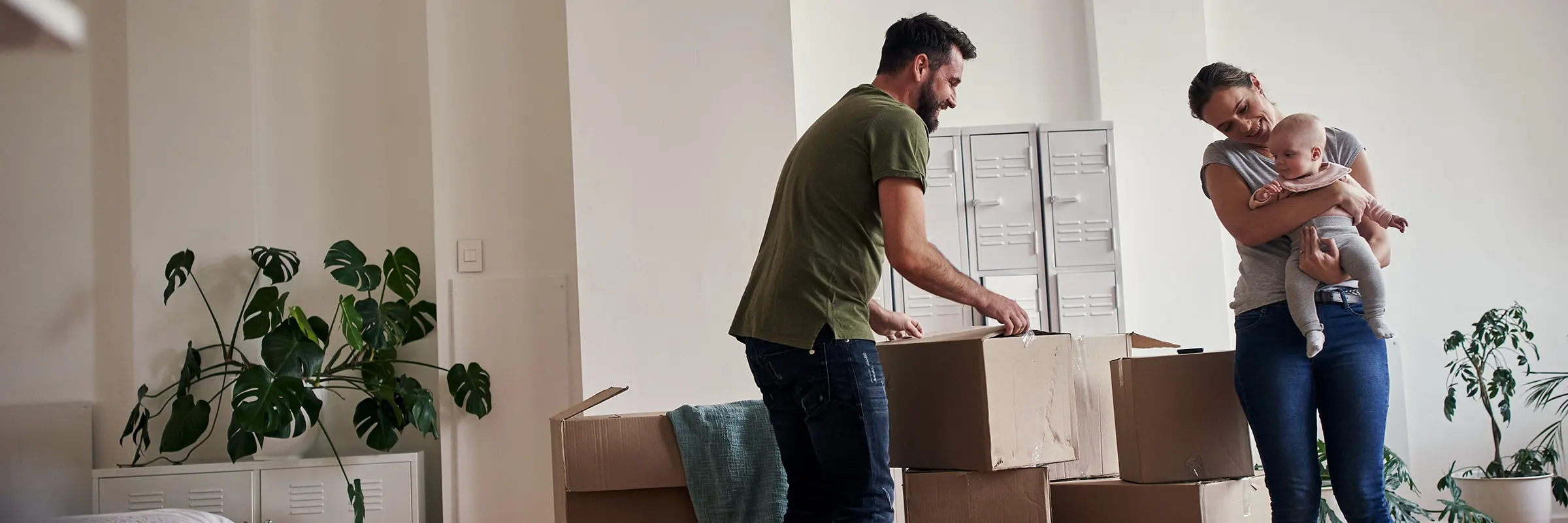When you dream of owning your own home, what do you envision? You may love the community offered by a condo, the privacy and space of a single-family home or be seeking something in between. Once you’ve built up a budget for your big move, you’ll be ready to embark on your homebuying journey. Keep in mind these key elements in your new abode.
Make space for a single-family home
The single-family home is a classic — and for good reason. These homes generally offer the most space and privacy, but also come with the most responsibility. More space means more to clean and maintain, whether that’s inside or outside. If you have a yard, you can add mowing and landscaping to your weekend to-do list (or your budget). And any necessary home renovations will be yours to decide and to pay for. Single-family homes usually don’t have shared amenities, but some new-construction or gated neighborhoods do — and, potentially, Homeowners Associations (HOAs) to support them. But generally, single-family homes offer the freedom to paint or customize inside and outside of your home however you choose.
Consider a condominium
If you love apartment living but want to build equity or enjoy the stability of home ownership, owning a condo could be a good move. If you’re saving for a home, condos are often more affordable than other housing types — and you usually aren’t responsible for mowing the lawn or other external upkeep. Many condos also include communal amenities like gyms and pools. And while condos usually mean less space, that might be welcome if you’re looking to sell your single-family home and downsize.
Read more: Find out what kind of home loan is right for you with our mortgage quiz.
As a condo owner, you will probably belong to an HOA, which charges monthly dues to pay for amenities and maintenance of common areas and may also fund utilities like water, sewage and garbage disposal. You could also be charged a special assessment fee if the HOA doesn’t have sufficient funds available for a major repair.
HOAs also set building rules, potentially limiting:
How you can decorate and customize your condo
What pets you can have
Your ability to rent your unit
Noise levels
Keep in mind that some condo buildings have door guards as well, which can offer an extra level of security for residents. In general, condo living means some degree of group living, which means it’s not as private as living in a single-family home (but you also have a built-in community).
Try out a townhouse
If you like some features of condos and single-family homes, a townhouse can offer the best of both worlds. Townhouses look more like a single-family house, but one or more walls are shared with an adjacent townhouse. They generally offer more privacy and more space than a condo.
With a townhouse, you own both the structure of your home and the land it sits on, making it more like a single-family home. In terms of price, a townhouse may also fall between a condo and single-family home.
As a townhouse owner, you will usually belong to an HOA, which manages common areas and sometimes exteriors and roofing. Townhouse HOAs often have similar rules to those of condos and may impose rules about the use of your yard, even though you own it. For example, the HOA may prohibit backyard sheds. But you’ll get access to any community amenities on offer, so check what’s available while you search for a home.
Your perfect home awaits
The perfect home is different for everyone. By determining your own priorities, you can create a personalized plan to help guide you on your homebuying journey.



